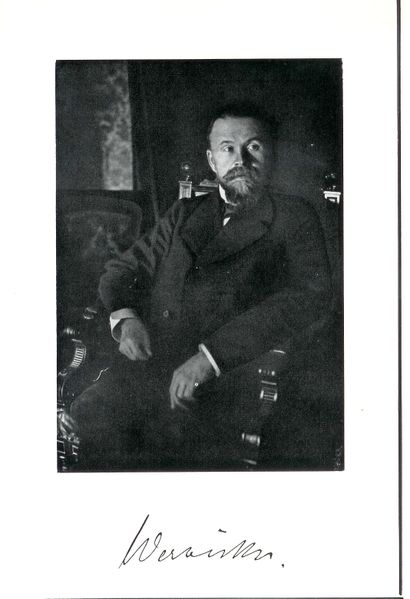Carl Wernicke
From Psy3242
== Carl Wernicke (1848-1905) == 
Carl Wernicke is well known for his contributions to neuropsychiatry specifically for his discovery of Wernicke’s aphasia and Wernicke’s encephalopathy. He was involved in the 19th century German neuropsychological movement. This movement involved research driven by their belief that mental illnesses were a result of brain deficits. Wernicke is credited with major discoveries in brain anatomy and pathology. He introduced the concept that brain deficiencies were directly related to regions of the cerebral cortex. He believed research on the deficits could lead to enlightenment in the role of the regions. He also was one of the first to hypothesize a correlation between neurological pathways connection to regions of the brain and brain functioning. This was contrary to the dominating perspective of the time that the brain functioned as a single organism.
Wernicke researched a patient who had suffered from a stroke and had some unusual symptoms. The patient did not suffer from impaired hearing or speech, but had difficulty understanding spoken or written words. After the patient’s death, Wernicke discovered a legion in the posterior temporal lobe in the left hemisphere of his brain. He concluded this part of the brain must be involved in speech comprehension. This lead Wernicke to believe the damage to the legion of the brain is what caused the patients condition. He named the syndrome sensory aphasia, which is now known as Wernicke’s aphasia. Wernicke’s fist major publication entitled The Aphasic Symptom Complex (1874) introduced the concept of cerebral localization and described sensory aphasia for the first time. He hypothesized a different type of aphasia caused by damage to the Broca’s area of the brain. Wernicke noted this syndrome would enable a patient to understand speech, but not be able to speak. He also noted his belief that the Wernicke and Broca areas of the brain were connected and predicted damage to this connection would result in a condition in which the patient could both understand and speak words, but would be unable to use words correctly or repeat them. His prediction of this syndrome was later proven to be correct. In addition, this work also was one of the first to establish the concept of right and left cerebral dominance. Wernicke’s research remained primarily focused on brain anatomy, pathology, and clinical neuropsychology for the remainder of his life. He produced numerous publications from 1881-1903. One of these documented the first description of a condition Wernicke referred to as ‘acute hemorrhagic superior polio encephalitis’, which has since been renamed Wernicke’s encephalopathy. This syndrome, most frequently seen in chronic alcoholics, involves disturbances of consciousness and leads to paralysis of the eye muscles. Wernicke first discovered the syndrome by studying a patient who had ingested sulfuric acid.
Sources: The Dictionary of Scientific Biography Charles Coulston Volume XIV Charles Scribners Sons New York, 1976
